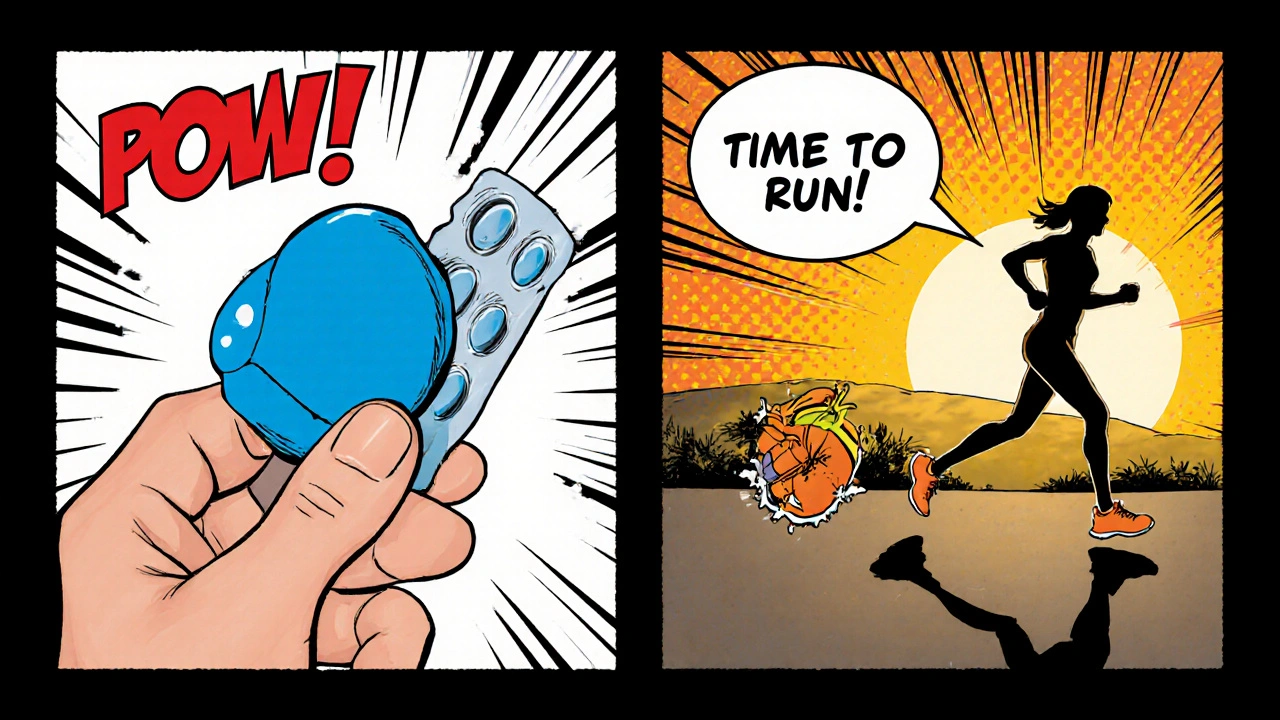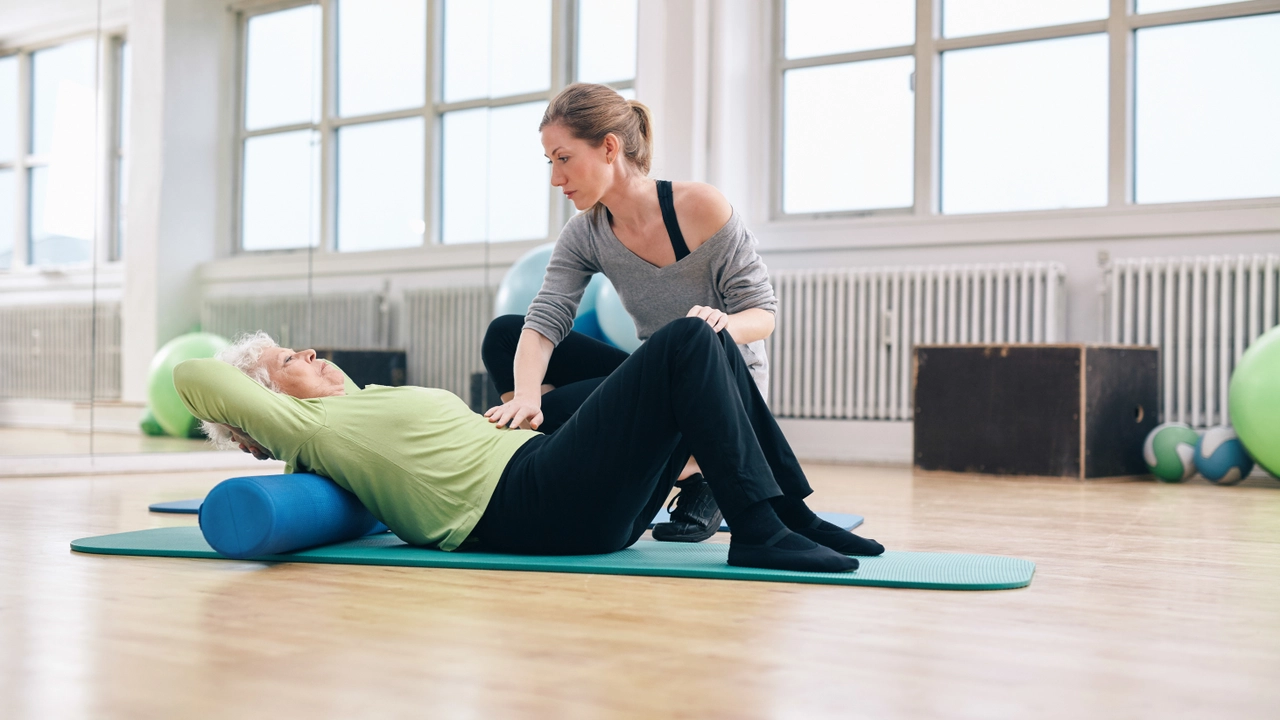Exercise: Safe Fitness Tips When You Take Meds & Supplements
Exercise helps mood, sleep and blood pressure, but medications and supplements can change how your body reacts. Before changing activity, know the risks and simple fixes. Use these practical, drug-smart pointers so exercise helps you instead of hurting you.
Check these before you start
Talk to your pharmacist or doctor about how your specific meds affect heart rate, hydration, and balance. Ask whether to take meds earlier or later on workout days. Tell them about supplements like omega-3, iron, or herbal products—some change bleeding risk or interact with blood pressure drugs.
Check labels for warnings about dizziness, drowsiness, or sun sensitivity. If a drug makes you dizzy, avoid high-risk moves like heavy squats or cycling in traffic until you know the effect. If a med causes dehydration, stick to shorter, lower-intensity sessions and sip water regularly.
How meds and conditions change workouts
Beta-blockers lower maximum heart rate, so don’t rely only on heart rate targets; use perceived exertion instead. Diuretics and laxatives can change electrolytes, increasing cramp risk—add potassium-rich foods if your provider agrees. Blood thinners raise bleeding risk: skip contact sports and be cautious with high-impact routines.
If you have diabetes, check glucose before and after exercise. Some drugs change appetite or insulin needs—carry a snack and a glucose meter if advised. For asthma, warm up and keep your inhaler handy; sweating or cold air can trigger symptoms.
Older adults should focus on balance and flexibility. Start with low-impact moves like walking, swimming, or chair exercises. If meds cause low blood pressure when standing, rise slowly and avoid sudden twists.
Practical tips you can use today
Time meds around workouts when possible. If a stimulant makes you jittery, take it after training. If a sedating drug knocks you out, choose morning exercise. Keep a short medication-exercise log for two weeks—note how you feel, heart rate, and any side effects. That info helps your pharmacist give specific advice.
Wear proper shoes and protect skin if a med causes sun sensitivity. Hydrate with electrolytes during long workouts if you’re on diuretics. If you feel dizzy, stop and sit; if symptoms don’t improve in a few minutes, call your provider.
Supplements can help but check interactions. Creatine and protein generally play well with meds, but herbal blends may not. Bring your supplement labels to the pharmacy and ask, “Is this safe with my prescriptions?”
Small changes make workouts safer. Start slow, track effects, and work with your healthcare team. If you want, we can review your meds and suggest exercise-friendly adjustments.
Examples: statins sometimes cause muscle soreness—report worsening pain or dark urine. If you take benzodiazepines, avoid activities that need fast reactions. On thyroid meds, exercise can feel different when dose changes—monitor heart palpitations. Short, regular check-ins with your pharmacist help catch problems early.
Want a quick review? Bring a current med list next visit or send it to the pharmacy. We’ll flag interactions, suggest safer timing, and recommend hydration or snack plans tailored to your routine. Small fixes often let you keep doing what you love without risking safety. Ask before changing doses or starting new workouts; we can help.


